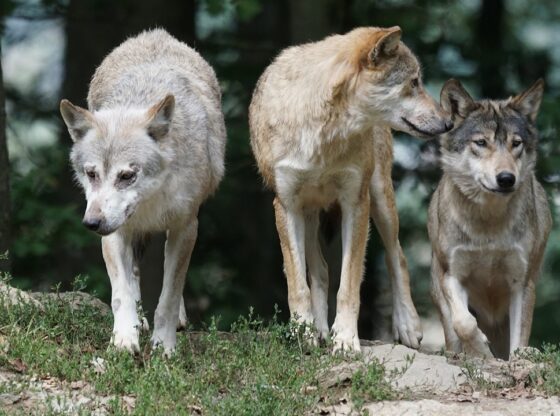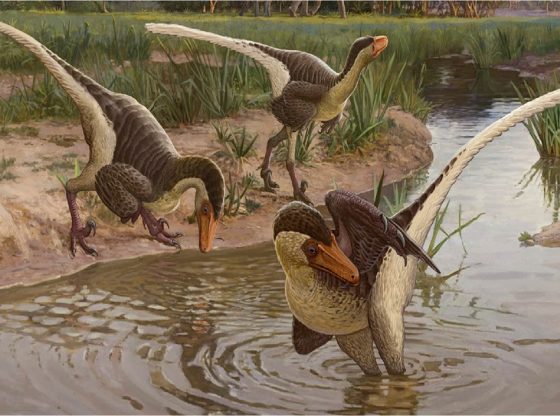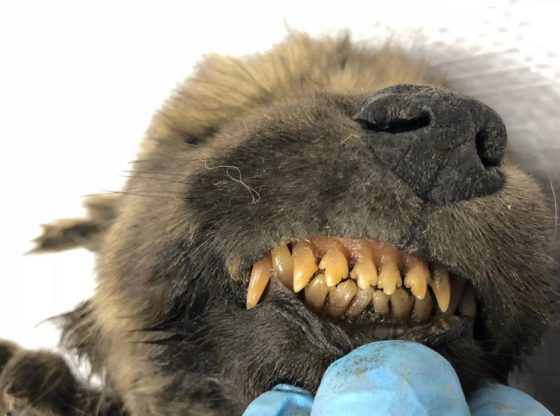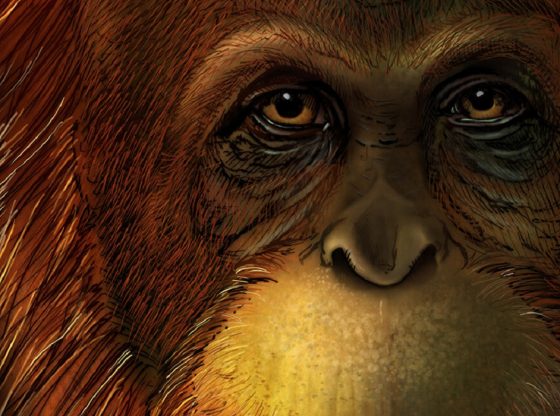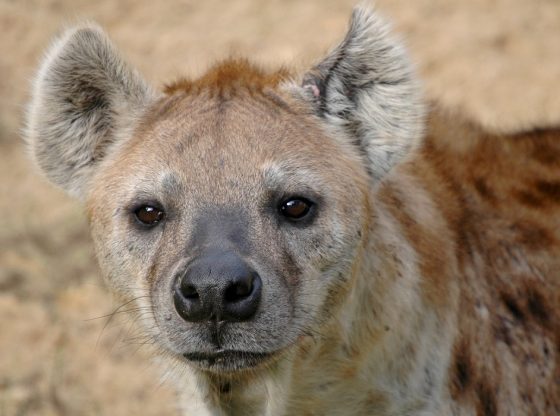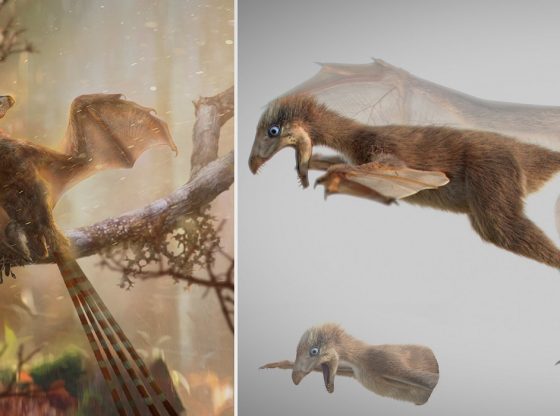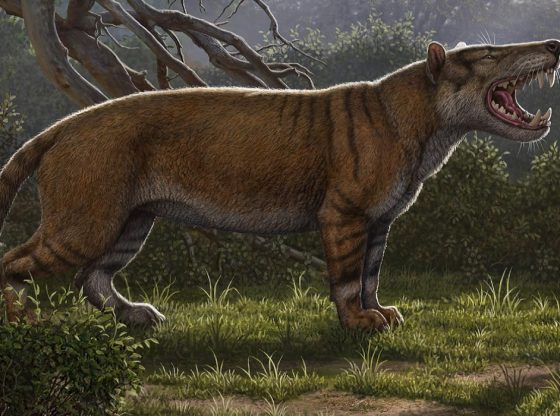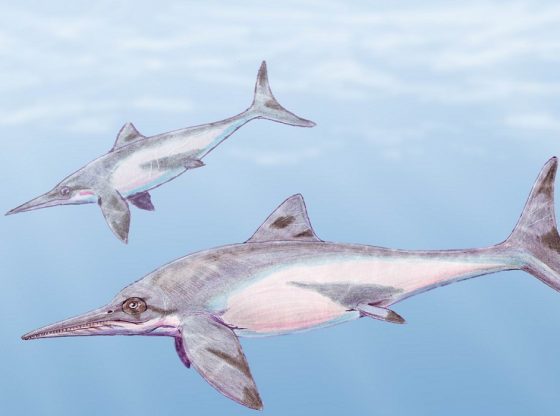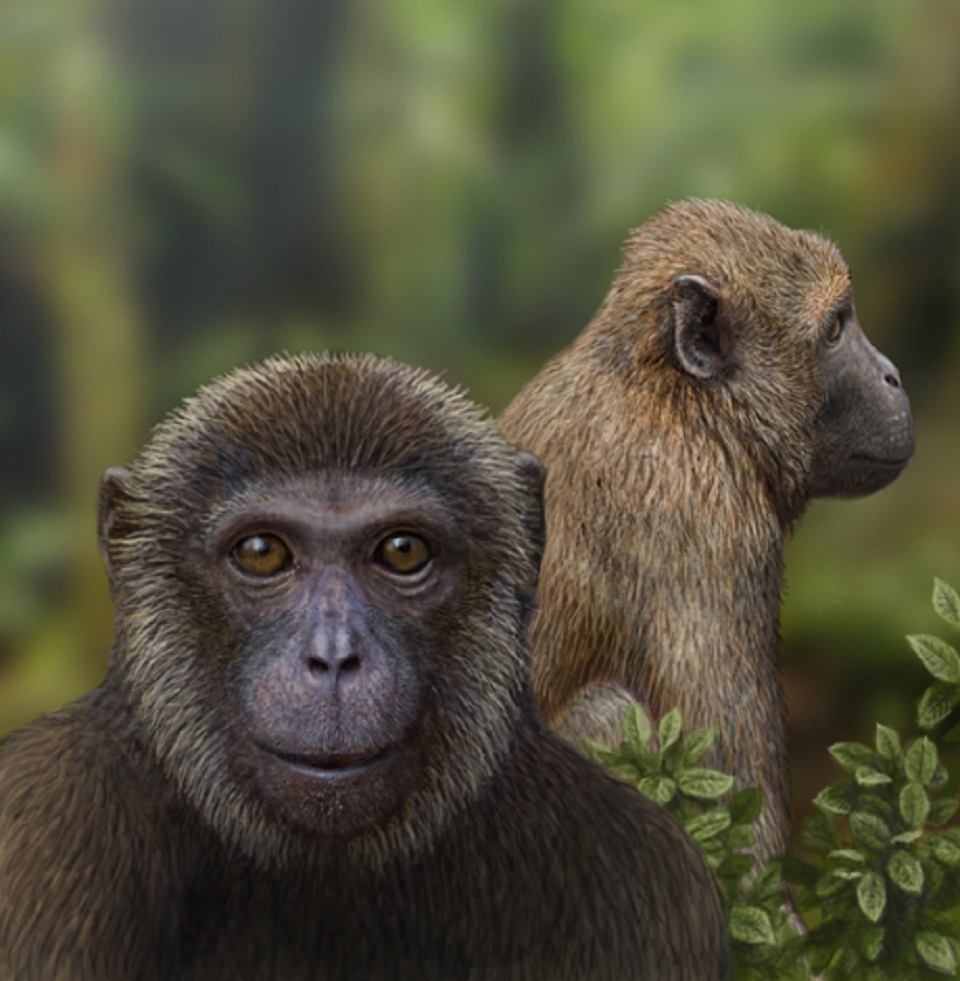
A team of scientist at the University of Ohio has discovered fossil specimens that belong to two new species of ape and monkey.
These two species appear to fill a 10 million year gap during which we have yet to discover fossils to record the divergence of monkeys and apes.
These newly found fossil specimens of jaws and teeth have been dated to be about 25,2 million years old (using radioactive dating). The analysis by the research team suggests that the two primates diverged about 25-30 million years ago. As both of these fossils seemingly indicates to be among the first in two completely new evolutionary branches.
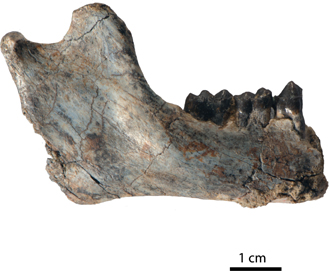
The study Scientists discover oldest evidence of a split between Old World monkeys and apes has been published in Nature and the two species seems to indicate a separate evolutionary process at the time of their existence.
The species has been given the name “Rukwapithecus fleaglei” as identified to be a hominid predecessor to the modern ape or chimpanzee, and the species “Nsungwepithecus gunnelli” is believed to be an early cercopithecoid, or Old World monkey, similar to baboons or macaques.
The Oligocene epoch during which the two species walked the Earth (or climbed the trees) was a period that lasted for about 11 million years (between 34 and 23 million years ago) and was a period during which mammals began to evolve rapidly. Tectonic activity and volcanic eruptions are thought to have aided the evolutionary divergence of primates, according to the research team.
_______________
Scientists discover oldest evidence of split between Old World monkeys and apes
______________________________

